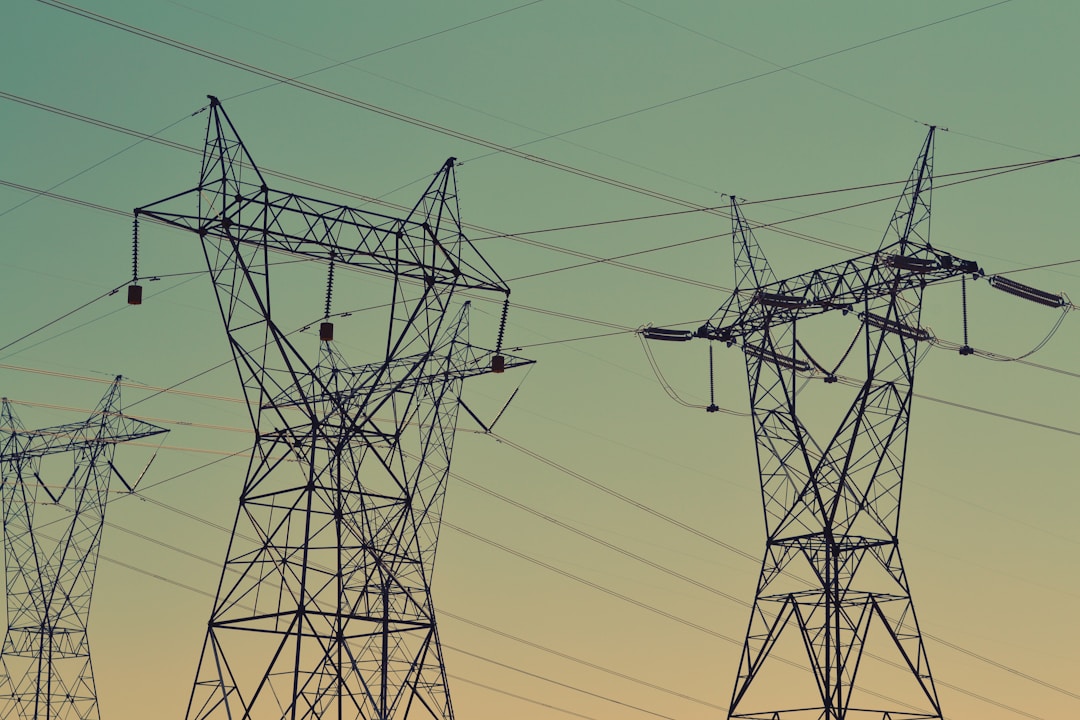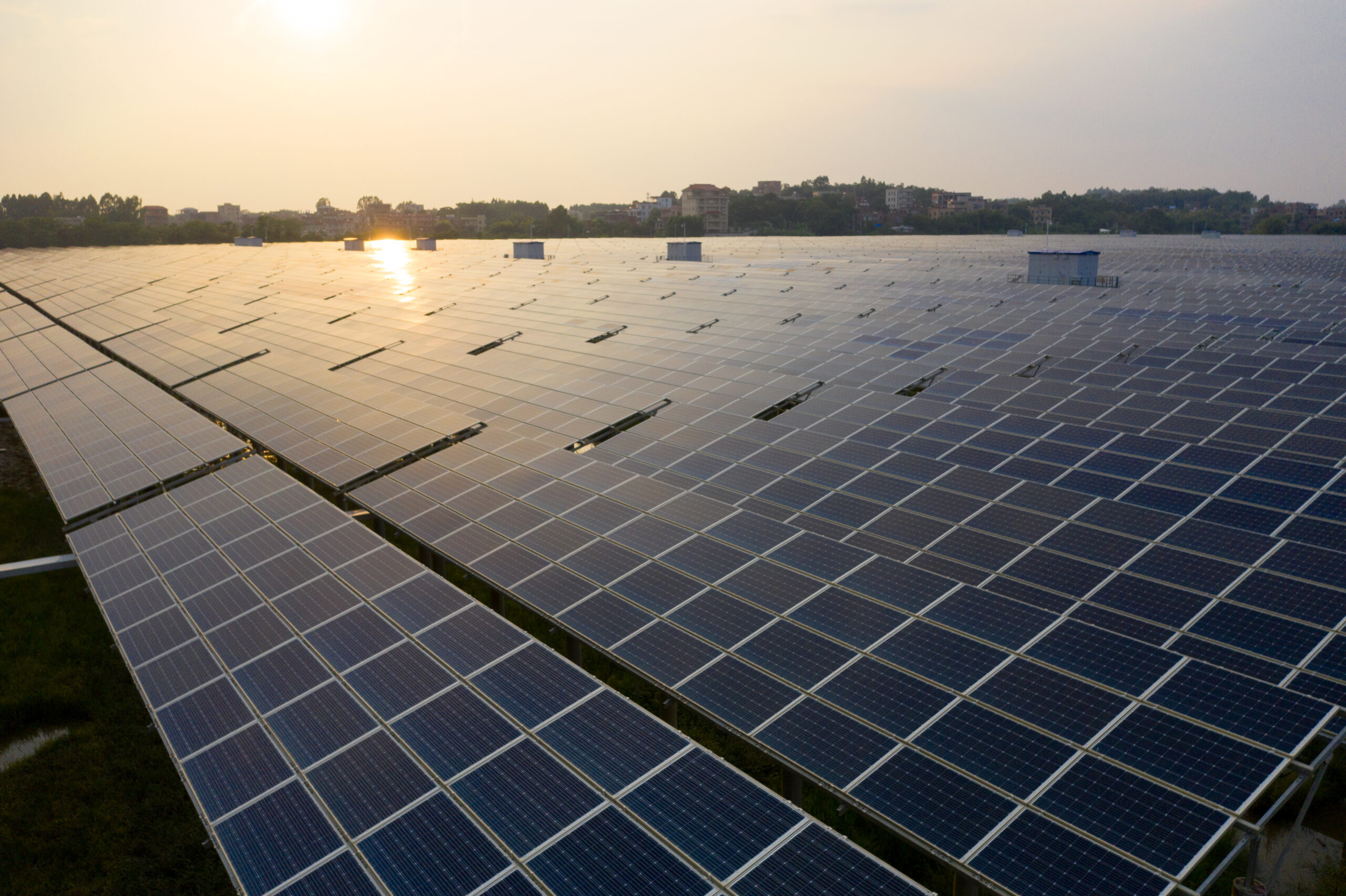Our world faces an energy crisis. As we deplete fossil fuels faster than ever before and observe the severe impact on the environment, it’s clear that a transition to renewable, clean energy is essential for the health of our planet. Fossil fuels, such as coal, oil, and natural gas, have undoubtedly been instrumental in powering our modern industrialized world. However, the burning of these fuels releases vast amounts of greenhouse gases, primarily carbon dioxide (CO2), into the Earth’s atmosphere. These greenhouse gases trap heat, leading to the phenomenon known as global warming, which has caused significant harm to the environment.
Now is the time for us to take action and make a conscious shift towards greener alternatives. Transitioning to renewable energy sources, such as wind and solar, is crucial for reducing our reliance on fossil fuels and mitigating the harm done to our environment. By adopting sustainable practices and embracing renewable alternatives from providers like CleanChoice Energy, we can work towards a cleaner, healthier, and more sustainable future for both our planet and future generations. Keep reading to learn more about making the switch to clean energy for your home.
Understanding Clean Energy

Understanding clean energy begins with grasping how it differs from traditional energy sources. Traditional or conventional power relates mostly to the burning of nonrenewable fossil fuels like coal, oil, and natural gas. On the other hand, clean energy refers to harnessing naturally recurring energy like wind, sun, and water. These sources are often termed “renewable” as they can be replenished, eliminating the chance of them running out.
The benefits of clean energy extend beyond just environmental conservation. The production of clean energy reduces harmful emissions, improves public health, and stimulates economic development. Switching to renewable energy sources not only contributes to a sustainable future but also has potent implications for the economy and society at large.
Moreover, embracing cleaner alternatives can provide energy security. This means less dependency on foreign oil, fewer price spikes, and more predictable energy costs. While the benefits of renewable energy are many, it is also crucial to identify the right type of clean energy for your home.
Finding the Right Type of Renewable Energy

There are various types of renewable energy sources, each with its unique advantages and constraints. These include solar energy, wind power, geothermal energy, biomass energy, and hydropower. It’s crucial to understand the potential of each source and decide which would be best for your needs. Factors such as location, energy demands, and budget will greatly influence this choice.
Solar energy is the most popular form of renewable energy for homes. Solar panels can be effortlessly incorporated into building designs and landscapes. Sunlight is abundant and limitless, making it an excellent choice for regions that receive ample sunshine throughout the year. They not only help cut down your carbon footprint but can also provide energy security by reducing dependence on the grid.
On the other hand, wind energy is ideal when you have an expansive landscape. Wind turbines can generate a significant amount of energy, and excess power can even be sold back to the grid. Other sources like hydro and geothermal are less common but can be remarkably efficient given the right conditions. It’s all about making an educated selection that suits your prerequisites.
Conducting Energy Audits and Consumption Reviews
Before deciding on the type of renewable energy to switch to, conducting a detailed energy consumption review can be beneficial. Identifying patterns, peak power times, and excessive consumption areas will arm you with valuable data that can be used to optimize your energy use.
Investing in energy-efficient appliances, insulating your home, and turning off lights and appliances when they’re not in use can significantly reduce your energy demands. Upgrading to LED lighting can also lower your lighting energy use.
An energy audit can also guide you in deciding the size of your renewable energy system. Lower energy demands can warrant a smaller, cheaper system, easing the transition process significantly. When you manage your energy consumption wisely, the investment in renewable energy becomes even more rewarding.
Navigating the Financial Aspect of Clean Energy

Converting to renewable energy does require an investment. However, with government incentives and financing options, the transition process can be economically feasible.
In the United States, the Residential Clean Energy Credit offers homeowners the opportunity to receive a tax credit for installing new, qualified clean energy property in their homes. This credit equals 30% of the costs incurred for the installation, and it can be applied to expenses made between 2022 and 2033. This initiative aims to encourage homeowners to invest in energy-saving improvements, ultimately promoting a more sustainable and environmentally-friendly future.
There are numerous ways to finance your clean energy project and several helpful resources for those considering the transition. From working with green banks for a loan to doing a Power Purchase Agreement, there are several opportunities to help cover the upfront costs of green energy equipment and installation. The ideal financing option will greatly depend on your financial situation and the size of the project. It is advisable to explore all avenues before deciding on the best course of action.
Alternatively, you can work with a company like Cleanchoice Energy which purchases renewable electricity on behalf of customers in the form of grid power plus renewable energy certificates (RECs). You won’t have to worry about completely changing your home over to new equipment. By becoming a clean energy customer, you’re helping to reduce the amount of polluting fossil fuels.
Overcoming Challenges in the Transition
As with any substantial shift, the transition to clean energy will have its unique set of challenges. Research and preparation are key to overcoming these obstacles. A lack of information and misconceptions about renewable energy are significant roadblocks. Hence, it’s essential to dispel any myths and get your facts straight.
One key challenge is weather dependency. However, solutions like energy storage systems and energy management software can help address this issue by storing excess power for later use. Additionally, concerns regarding the aesthetic impact of solar panels and wind turbines can be mitigated through innovative designs and more informed decisions about their placement.
Keeping Abreast with Technology Advancements
Part of the beauty of renewable energy is that the technology to harness it is constantly evolving. As these technologies advance, they become less expensive and easier to use. Therefore, staying up-to-date with emerging trends can make your renewable energy journey easier.
Smart home automation technologies can significantly supplement your renewable energy systems. These technologies provide real-time data on energy consumption and allow for automated energy-saving measures. Furthermore, energy storage technologies like advanced batteries are getting better and cheaper, making renewable energy increasingly reliable.
Notably, the industry is also seeing advancements in renewable energy production technologies. For instance, solar panel efficiency has improved dramatically over the past decade, and similar advancements are being seen in wind turbines and other renewable energy technologies.
Factor in Local Policies and Regulations
While the transition to renewable energy is largely a personal decision, it’s crucial to be aware of local policies and regulations. Each state or country has specific rules and incentives which could impact your decision.
Most localities have net metering policies that allow home and business owners to sell excess solar energy back to the grid. This acts as an incentive and eases the financial burden of the investment. Similarly, many states offer tax credits or grants for renewable energy systems.
Moreover, some cities have initiated mandatory renewable energy standards, which could require you to switch at least partially to renewable sources. By staying informed, you ensure that you align your decisions with local standards and make full use of available incentives.
There are numerous benefits of switching to clean energy, and you can make a significant impact on reducing your carbon footprint and contribute towards a more sustainable future. Not only will you be helping the environment, but you will also enjoy the long-term benefits of sustainable energy.







